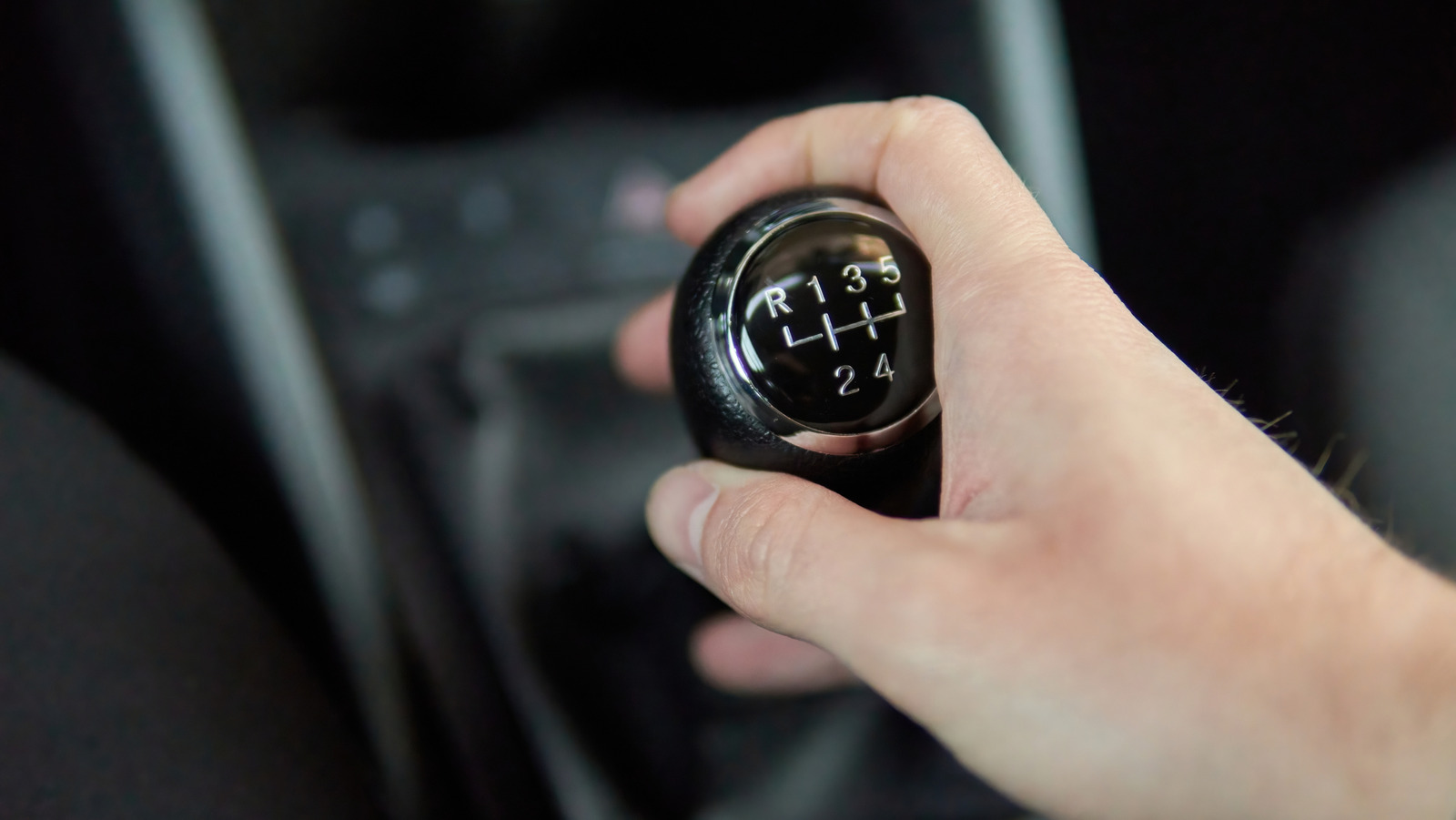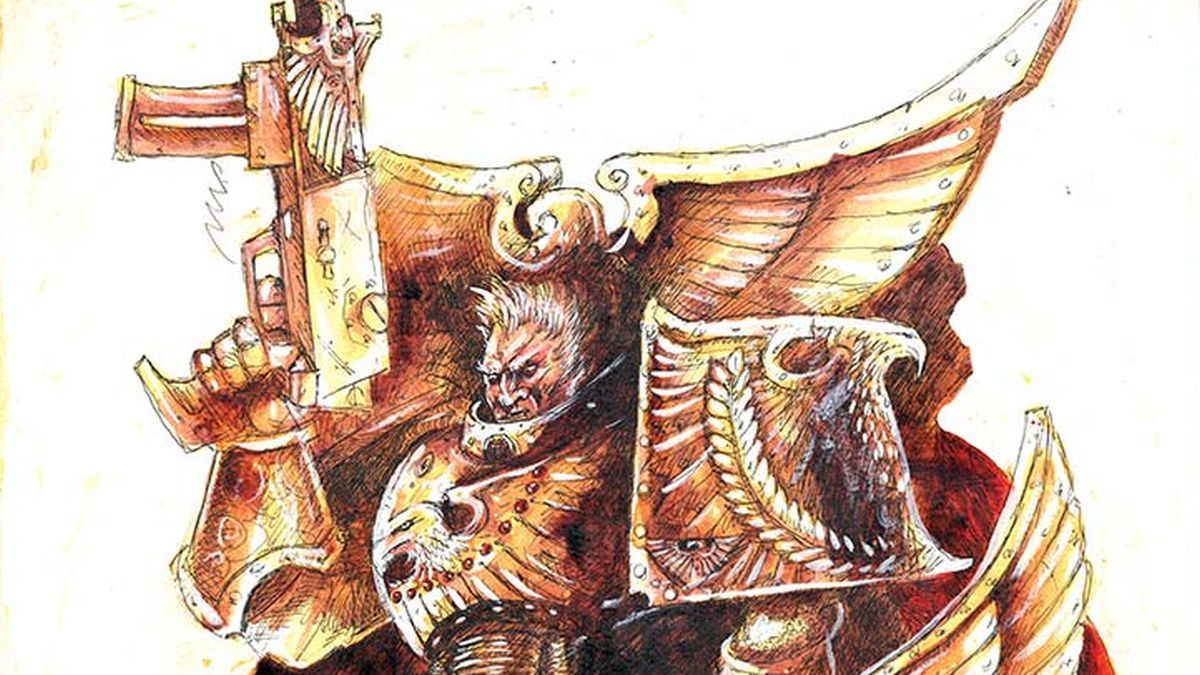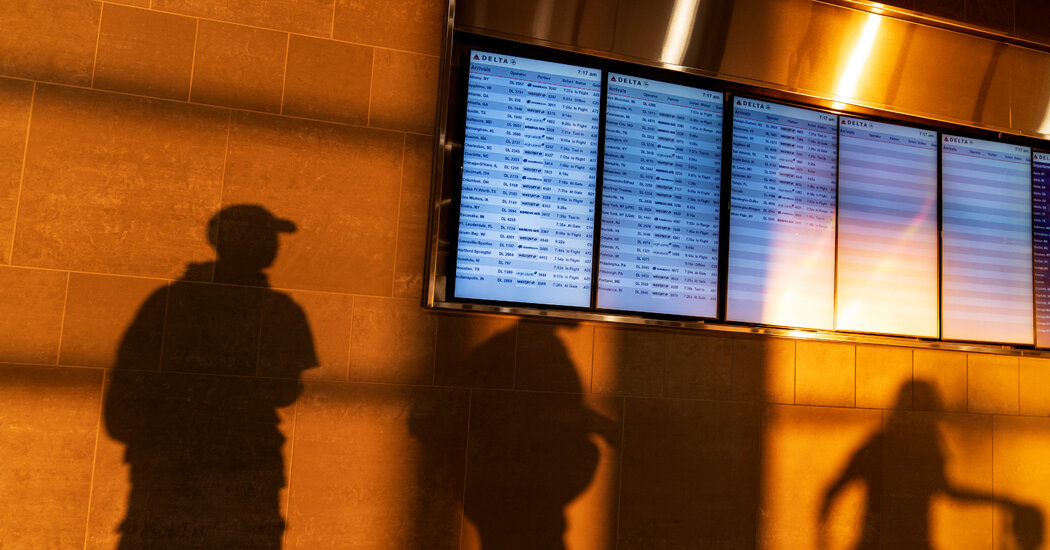Drivers Test Limits: What Happens When You Shift to Park While Moving

Shifting a vehicle into park while it is still moving may seem like an impulsive idea, but some drivers have dared to test this theory. Recent experiments conducted by car enthusiasts revealed the potential consequences of this risky maneuver, providing insight into how automatic transmissions operate under unusual conditions.
According to Engineering Explained, shifting gears in manual transmission vehicles can generally be done at any speed. However, deliberately switching to park while driving—especially at speeds of up to 65 mph—can lead to severe mechanical issues. While manual cars rely on the handbrake to stay stationary, automatic transmissions utilize a component known as the parking pawl to prevent movement when the vehicle is in park mode.
In automatic vehicles, the parking pawl engages with a gear tooth to lock the notched wheel, stopping it from spinning. This mechanism is designed to function only when the vehicle is completely stopped. Most modern automatic transmissions include a safety feature that prevents the parking pawl from engaging while the vehicle is in motion, a critical design to avoid accidents and mechanical failures.
Potential Consequences of Shifting to Park
Testing the limits of this safety feature, several YouTube creators have documented their experiences of shifting to park while driving. One such experiment was conducted by the YouTuber behind the Garage Sideways channel, who attempted the maneuver in a Nissan sedan at a speed of 35 mph. The results were underwhelming; nothing catastrophic occurred during the test, leading to a sense of disappointment.
Another content creator, associated with the AutoVlog channel, pushed the limits further by shifting to park at speeds of 60 to 65 mph. While he reported no immediate destructive outcomes, he did note a subtle scratching sound from the transmission after the shift. Additionally, he found it challenging to return the shifter to the drive position, suggesting potential damage had indeed occurred.
The reality of shifting into park while driving presents several risks. If the parking pawl successfully engages, it can lock the gear in place. However, at high speeds, the forces involved may counteract this engagement, leading to two other possible scenarios: the pawl could either slide into a gap and become damaged or create friction with the revolving gear, resulting in damage to both components.
Repairs associated with transmission damage can be costly, often running into thousands of dollars. Therefore, the potential financial implications, coupled with the risk of losing control of the vehicle, make this a dangerous and imprudent experiment.
Real-World Implications and Cautionary Tales
For those curious about the mechanics of their vehicles, these experiments serve as cautionary tales rather than invitations to replicate the tests. The consequences of forcing a shift into park while moving extend beyond mere inconvenience; they can lead to significant vehicle damage and hefty repair bills.
As more drivers document their experiences online, it becomes clear that while curiosity may drive some to test these boundaries, the risks involved far outweigh the benefits. Understanding the mechanics of vehicle transmissions is essential for safe driving, and engaging in reckless behavior could have dire consequences.
In summary, while shifting into park while driving may not lead to immediate disaster, the underlying risks and potential for mechanical failure are substantial. Drivers are advised to exercise caution and respect the mechanics of their vehicles to ensure their safety and longevity.





